The Porsche 911 is more than just a car; it’s an enduring symbol of performance, engineering excellence, and automotive passion. Since its debut in 1964, the 911 has remained the backbone of Porsche’s lineup, continuously evolving while staying true to its iconic silhouette and rear-engine layout. Over the decades, the 911 has carved out a legendary status in motorsport and on the road, with each generation building on the strengths of its predecessor. From air-cooled classics to cutting-edge track weapons, the 911 has consistently set benchmarks for sports car performance and driving pleasure.
These cars not only captured the imagination of enthusiasts but also shaped the legacy of the 911 as one of the greatest sports cars of all time. Let's delve into the best of the best, exploring ten of the most iconic Porsche 911 models ever created, from the groundbreaking 1964 911 (901) to the modern marvels of the 992 generation. Each of these cars represents a pivotal moment in the 911’s remarkable journey, offering a glimpse into why this model remains unparalleled.
1964 Porsche 911 (901)
The 1964 Porsche 911, originally designated as the 901, marked the genesis of an automotive icon. Designed to replace the Porsche 356, the 901 represented a bold step forward for the brand, blending innovation with heritage. At its core was a rear-mounted, air-cooled, flat-six engine producing 130 horsepower, paired with a five-speed manual transmission. This powertrain set the tone for the 911’s identity as a driver-focused sports car with exceptional balance and agility. The elegant design, conceived by Ferdinand "Butzi" Porsche, introduced the silhouette that remains instantly recognizable to this day.
Porsche’s decision to rename the 901 to 911, due to Peugeot’s trademark on three-digit car names with a zero in the middle, only added to its mystique. Today, the 1964 Porsche 911 is celebrated as the car that laid the foundation for a lineage of performance excellence that has endured for nearly six decades.
9
1973 Porsche 911 Carrera RS 2.7
81987 Porsche 911 Turbo (930)
The 1987 Porsche 911 Turbo, also known as the 930, is a car that redefined what a high-performance road car could be. Introduced in 1975, the 930 evolved throughout the 1980s, with the 1987 model standing out as a culmination of its development. Powered by a 3.3-liter turbocharged flat-six engine, it delivered an exhilarating 282 horsepower and a top speed of over 160 mph, making it one of the fastest cars of its time.
The 1987 model also benefited from advancements like a five-speed manual gearbox, which replaced the earlier four-speed unit, providing more precise control. Today, the 930 Turbo is celebrated as the car that cemented the 911 Turbo as a performance icon, laying the groundwork for decades of innovation in forced induction.
71995 Porsche 911 GT2 (993)
The 1995 Porsche 911 GT2, based on the final air-cooled generation of 911s, the 993, remains one of the most sought-after and brutal iterations of the model. Originally developed for GT2 racing, it was essentially a track car for the road. Under the hood was a 3.6-liter twin-turbocharged flat-six engine producing an astonishing 424 horsepower, sent exclusively to the rear wheels for maximum engagement—and maximum challenge.
Visually, the 993 GT2 stood out with its widebody stance, massive rear wing, and aggressive aero elements. While production numbers were limited, making it incredibly rare, its legacy as the ultimate analog driving machine is secure. Even decades later, the 993 GT2 commands respect as a purist’s dream.
61999 Porsche 911 GT3 (996)
The 1999 Porsche 911 GT3 marked a turning point for the brand, as the first model to bear the now-iconic GT3 badge. Built on the 996 platform, it reintroduced motorsport DNA to the 911 lineup, bridging the gap between road cars and racing machines. Powered by a naturally aspirated 3.6-liter flat-six engine derived from the GT1 Le Mans race car, it delivered 360 horsepower and revved to an impressive 8,200 rpm.
Though initially controversial due to the 996 generation’s new water-cooled engine and "fried egg" headlights, the GT3 won over critics with its raw, unfiltered performance. It set the template for future GT3 models, cementing its place as one of the greatest drivers' cars in 911 history.
52010 Porsche 911 GT3 RS (997.2)
The GT3 RS was defined by its visceral nature. From its distinctive graphics and massive rear wing to its titanium exhaust system, everything about the car screamed purpose. Weighing just 3,020 pounds, it was capable of hitting 60 mph in 3.8 seconds and lapping the Nürburgring in 7 minutes and 33 seconds. The RS model was also notable for offering dynamic engine mounts that improved stability during aggressive driving.
Collectors and enthusiasts alike regard the 997.2 GT3 RS as one of the finest naturally aspirated 911s ever built. Its combination of analog purity, engineering brilliance, and stunning performance ensures its enduring legacy.
42016 Porsche 911 R (991.1)
The 2016 Porsche 911 R is a love letter to purists, blending the best aspects of the 911 GT3 RS with a focus on analog driving pleasure. Powered by a 4.0-liter naturally aspirated flat-six engine producing 500 horsepower, it was offered exclusively with a six-speed manual transmission—a deliberate nod to enthusiasts yearning for simplicity in an increasingly digital world.
Limited to just 991 units, the 911 R became an instant classic, with values skyrocketing on the secondary market. For many, it represents the pinnacle of what a driver-focused 911 can be—a car that prioritizes connection over outright speed.
32018 Porsche 911 GT2 RS (991.2)
Porsche’s focus on aerodynamics and downforce was evident in the massive rear wing, front splitter, and active aero elements. The car’s performance capabilities were best showcased when it shattered the Nürburgring lap record for production cars, completing the circuit in just 6 minutes and 47.3 seconds.
While its performance is breathtaking, the GT2 RS is equally impressive as an engineering masterpiece. It represents the zenith of Porsche’s turbocharged innovation, proving that the 911 can rival the world’s most exotic hypercars while remaining usable on the road.
22021 Porsche 911 Turbo S (992)
What sets the 992 Turbo S apart is its ability to blend luxury with performance. The interior is a showcase of cutting-edge tech, with a 10.9-inch touchscreen, premium materials, and a suite of driver-assistance features. Despite its supercar credentials, it remains remarkably comfortable and practical for daily use, embodying the "everyday supercar" ethos.
The 992 Turbo S continues the tradition of redefining what a grand touring sports car can be. With its unmatched combination of speed, sophistication, and usability, it’s a testament to Porsche’s relentless pursuit of perfection.
12022 Porsche 911 GT3 (992)
The 2022 Porsche 911 GT3 (992) is a triumph of engineering, delivering racecar performance in a road-legal package. Its naturally aspirated 4.0-liter flat-six engine produces 502 horsepower and revs to an astonishing 9,000 rpm, providing a sensory overload for enthusiasts. Available with a six-speed manual or a lightning-quick PDK transmission, the GT3 can hit 60 mph in 3.2 seconds.
Aerodynamics plays a crucial role in the 992 GT3’s design. The swan-neck rear wing and aggressive diffuser generate significant downforce, while the double-wishbone front suspension, a first for a 911, enhances cornering precision. The result is a car capable of lapping the Nürburgring in under 6 minutes and 59 seconds—a record for a naturally aspirated 911.
script type="text/javascript"> atOptions = { 'key' : '4b7287987483ff41f27c1c0f4e8c6eb3', 'format' : 'iframe', 'height' : 60, 'width' : 468, 'params' : {} };


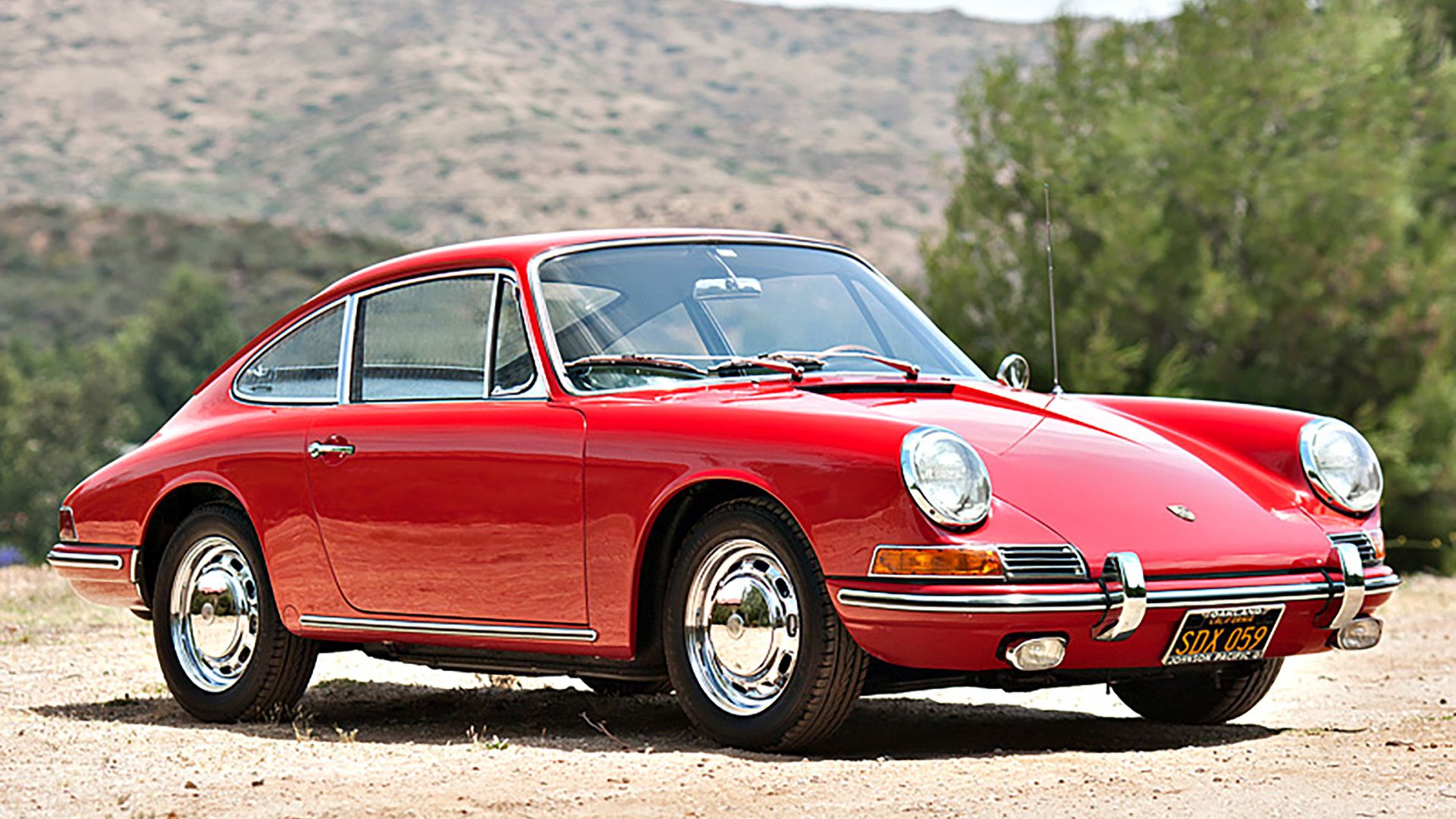
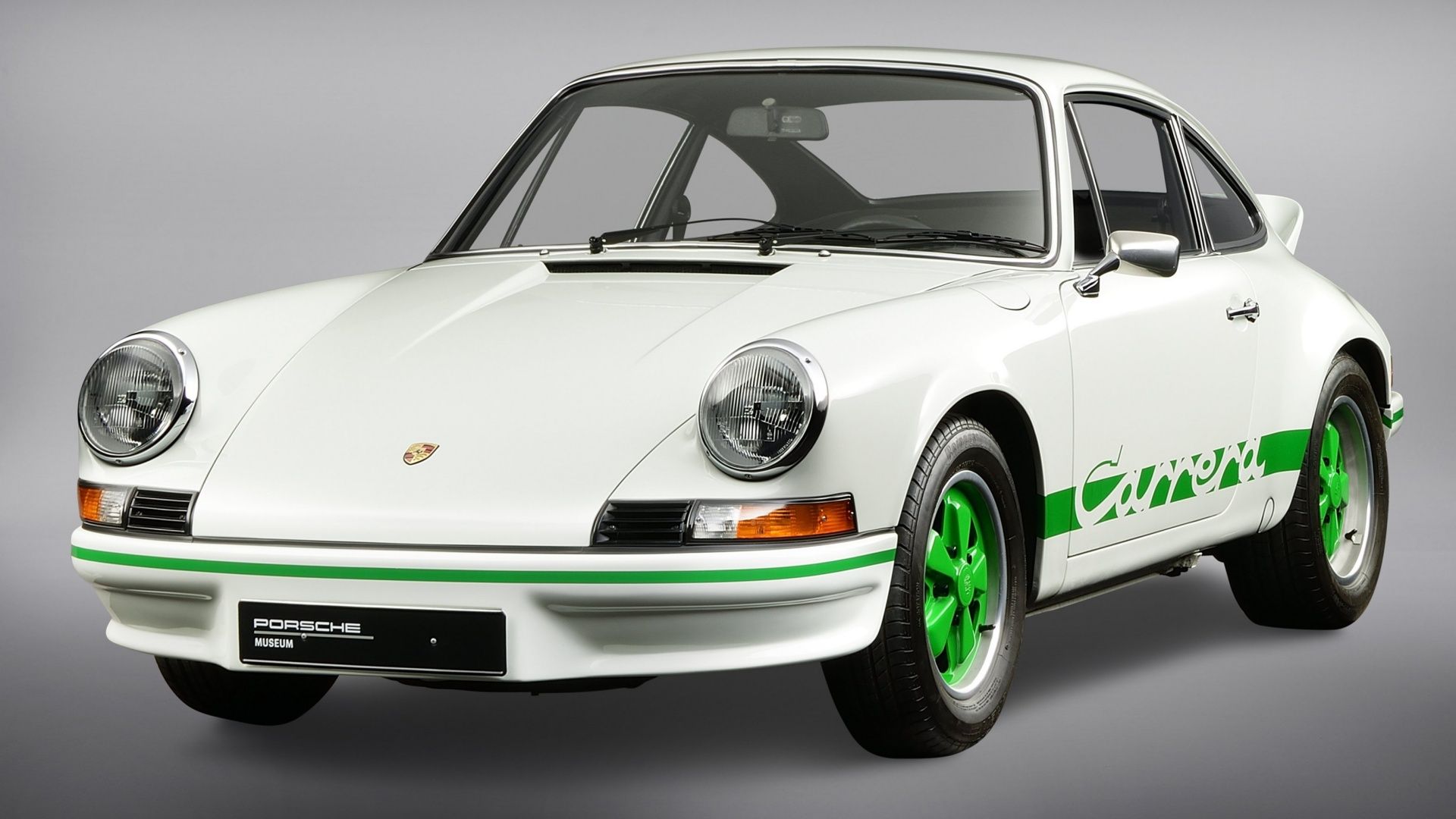
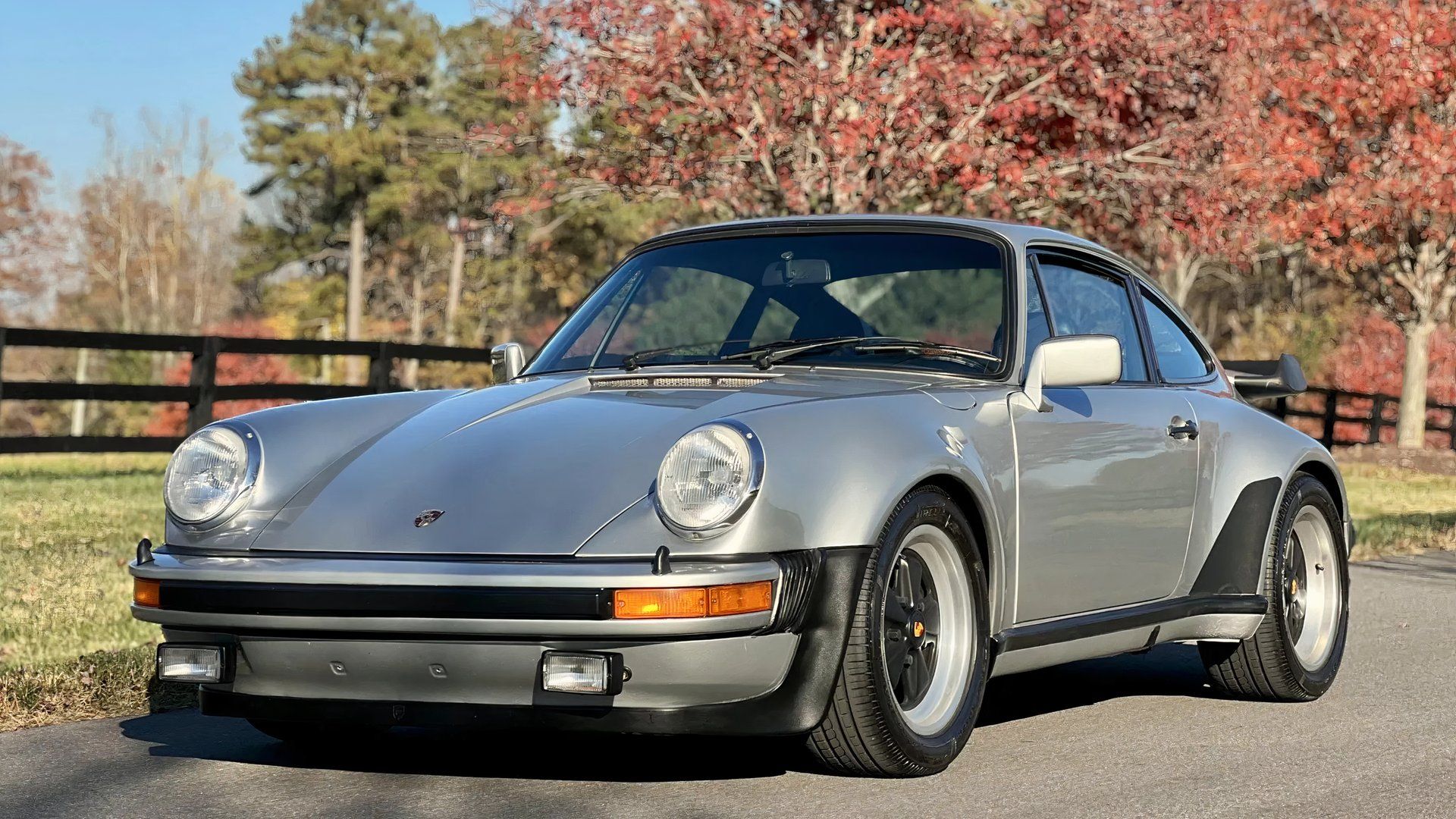
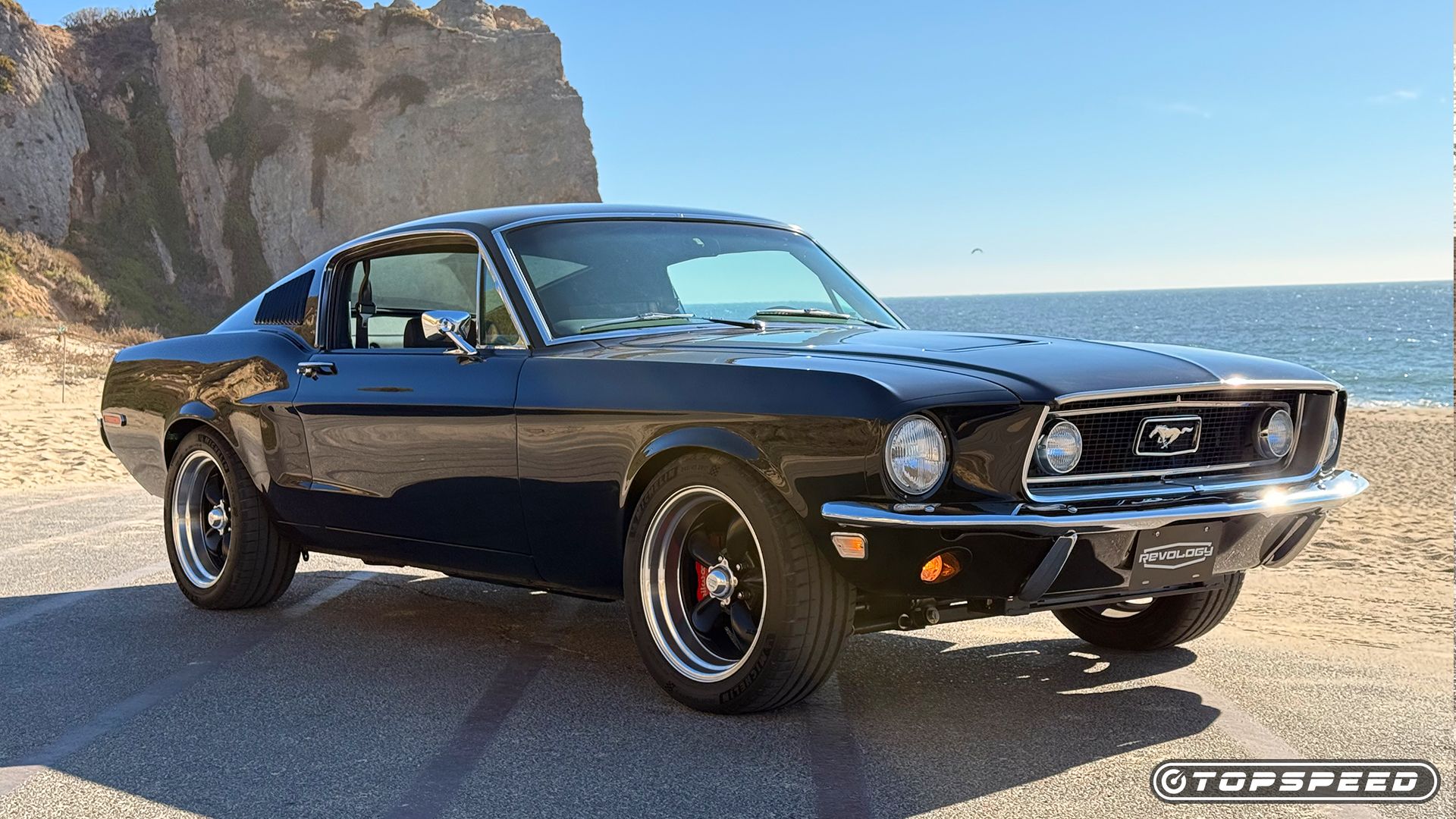
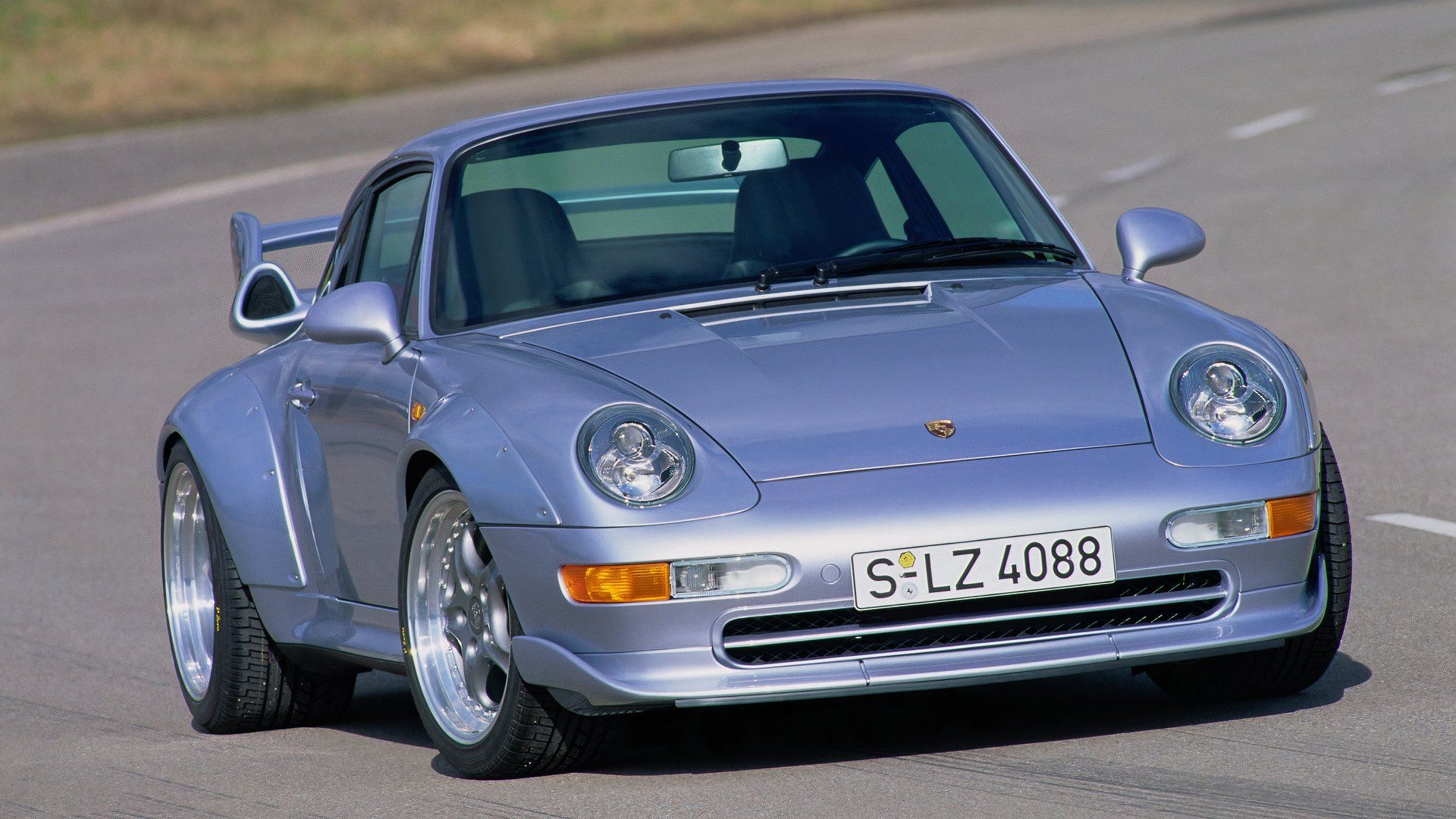
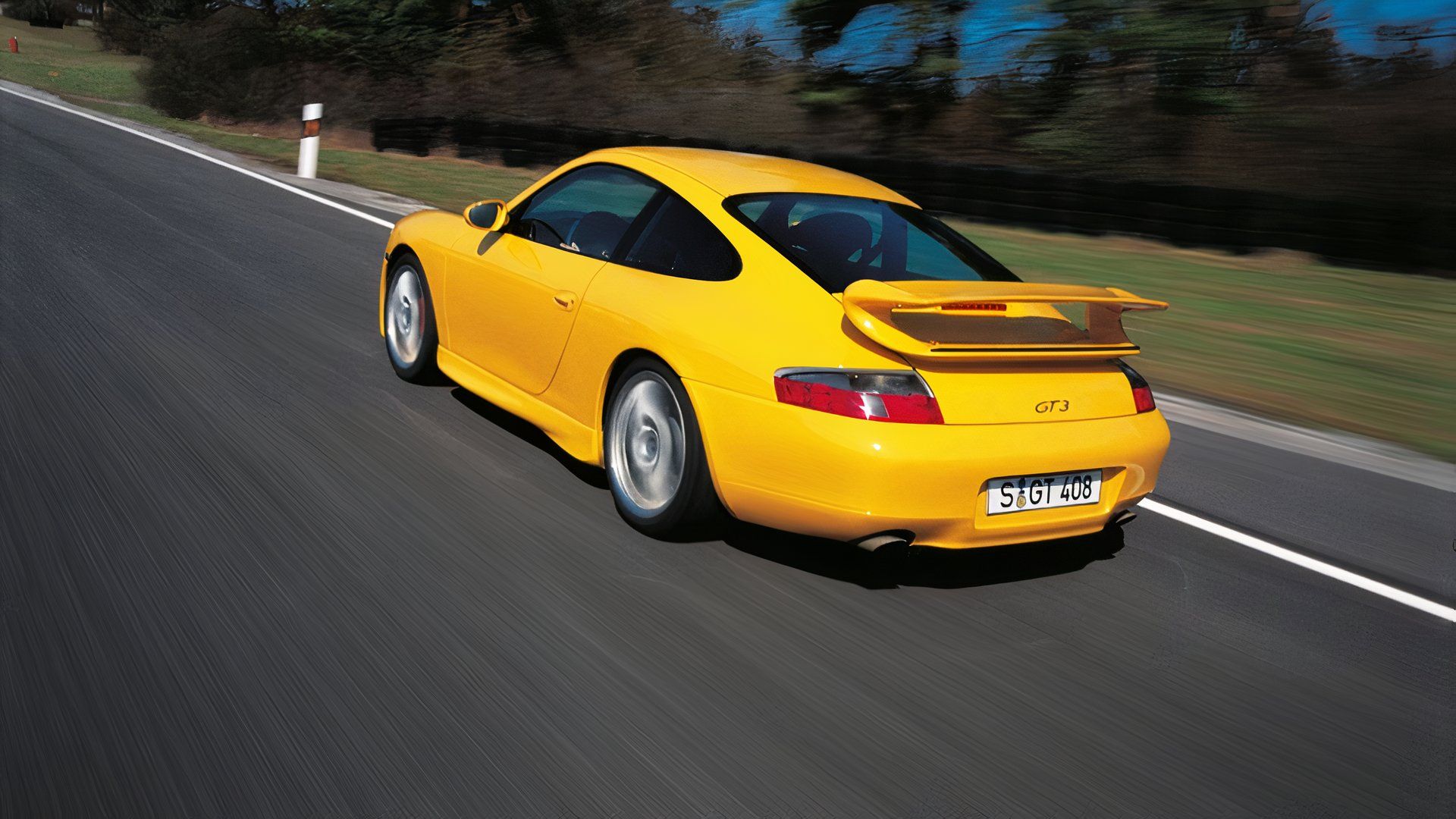
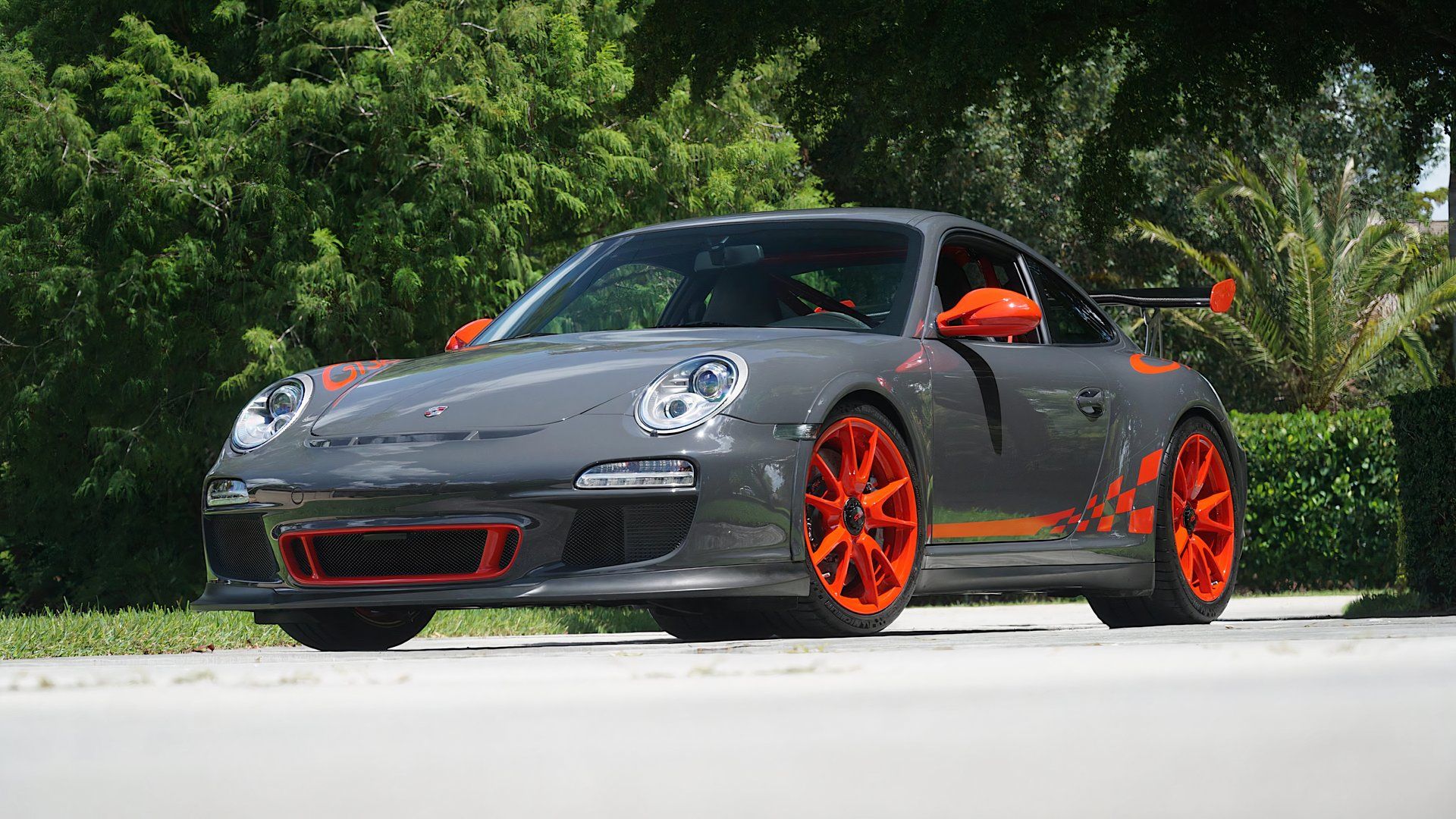
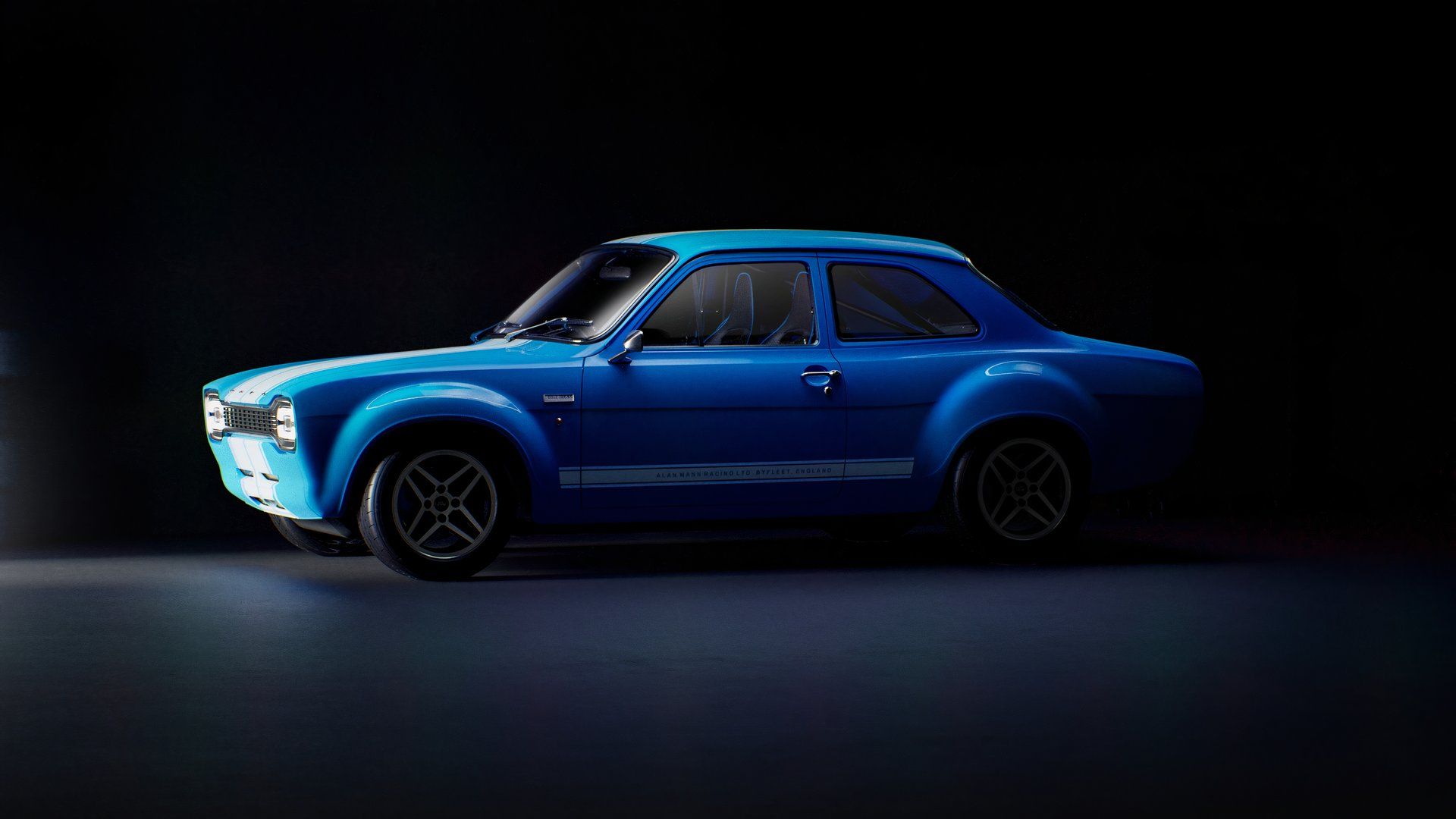
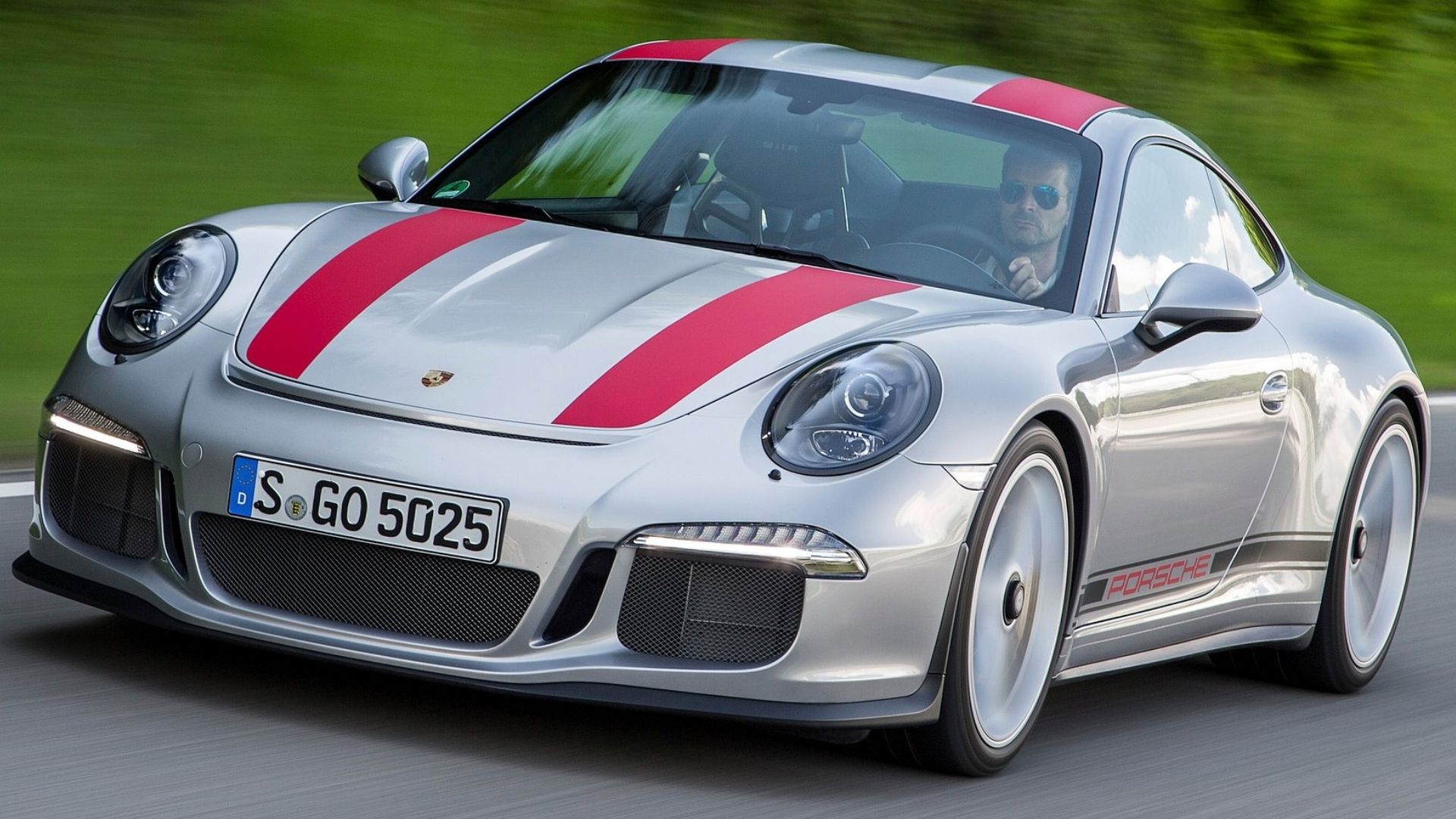
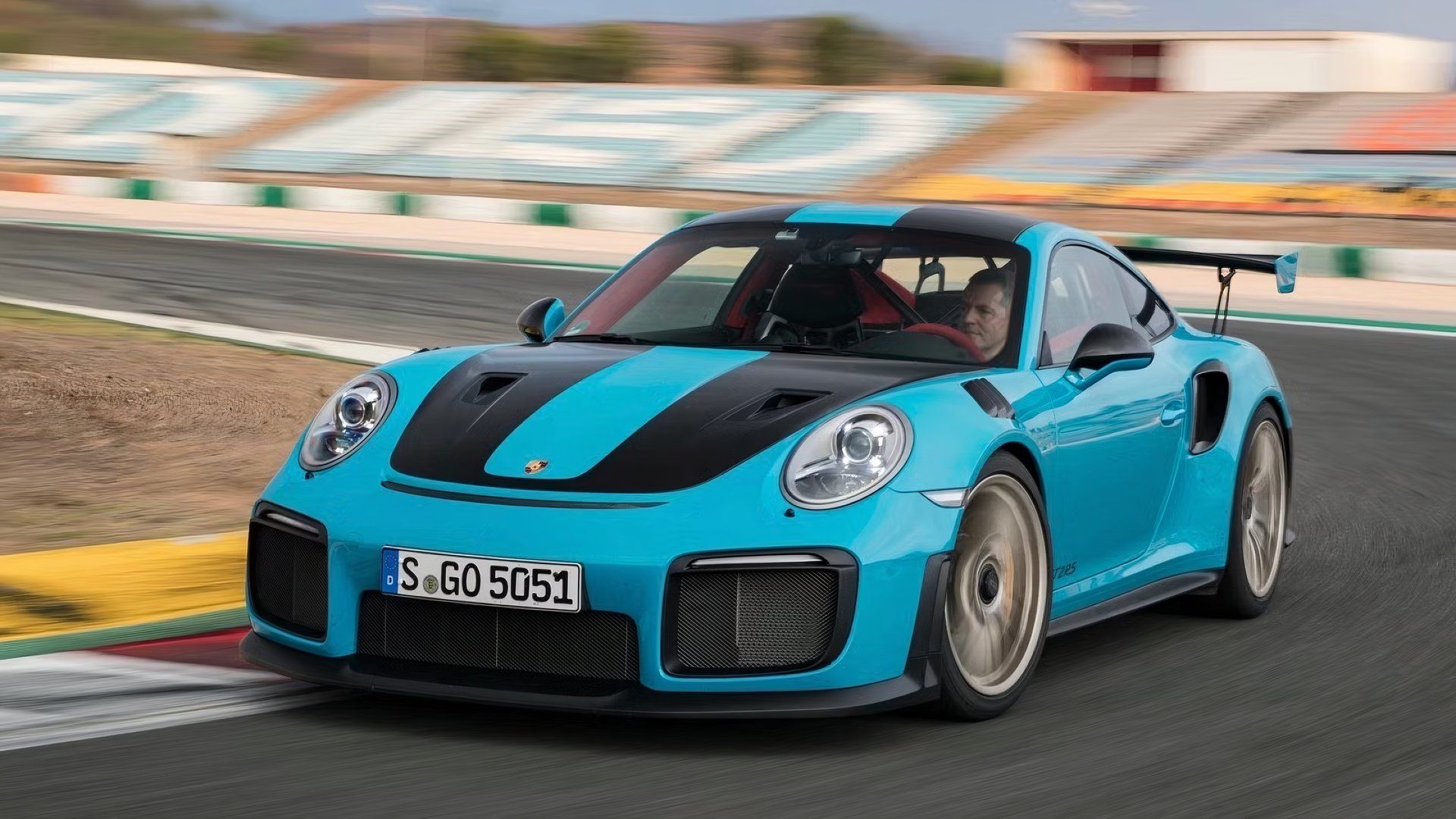
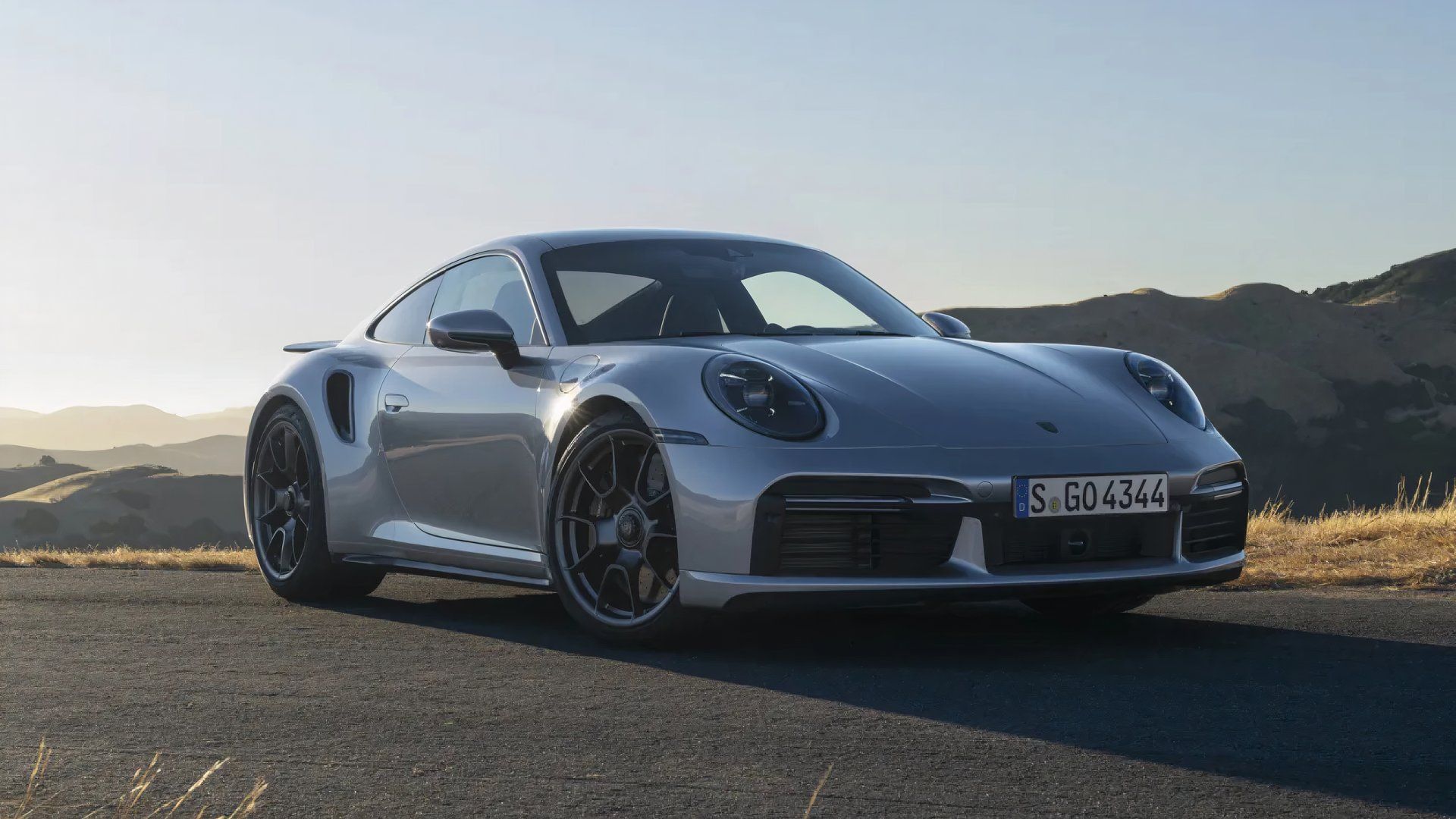
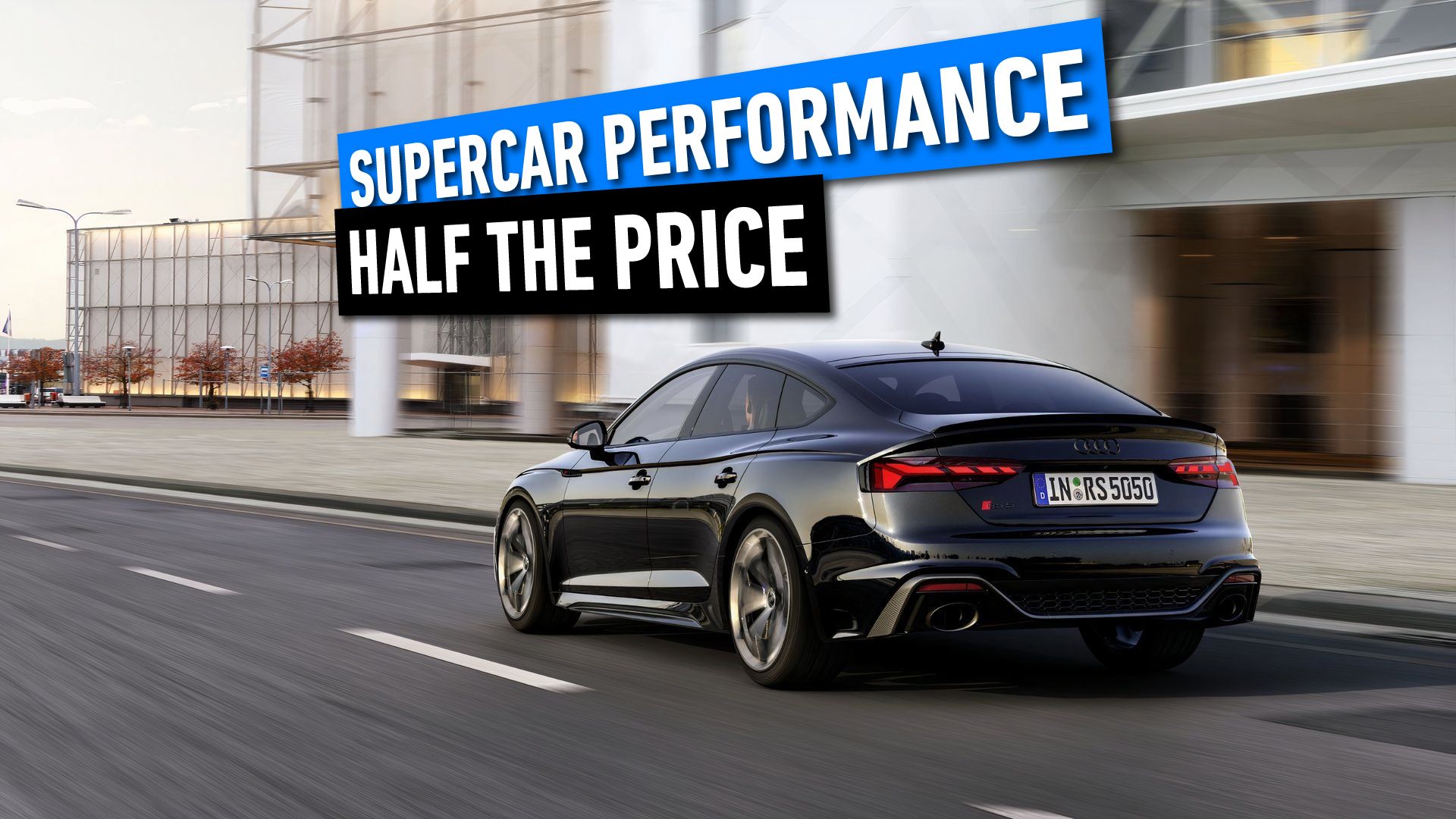
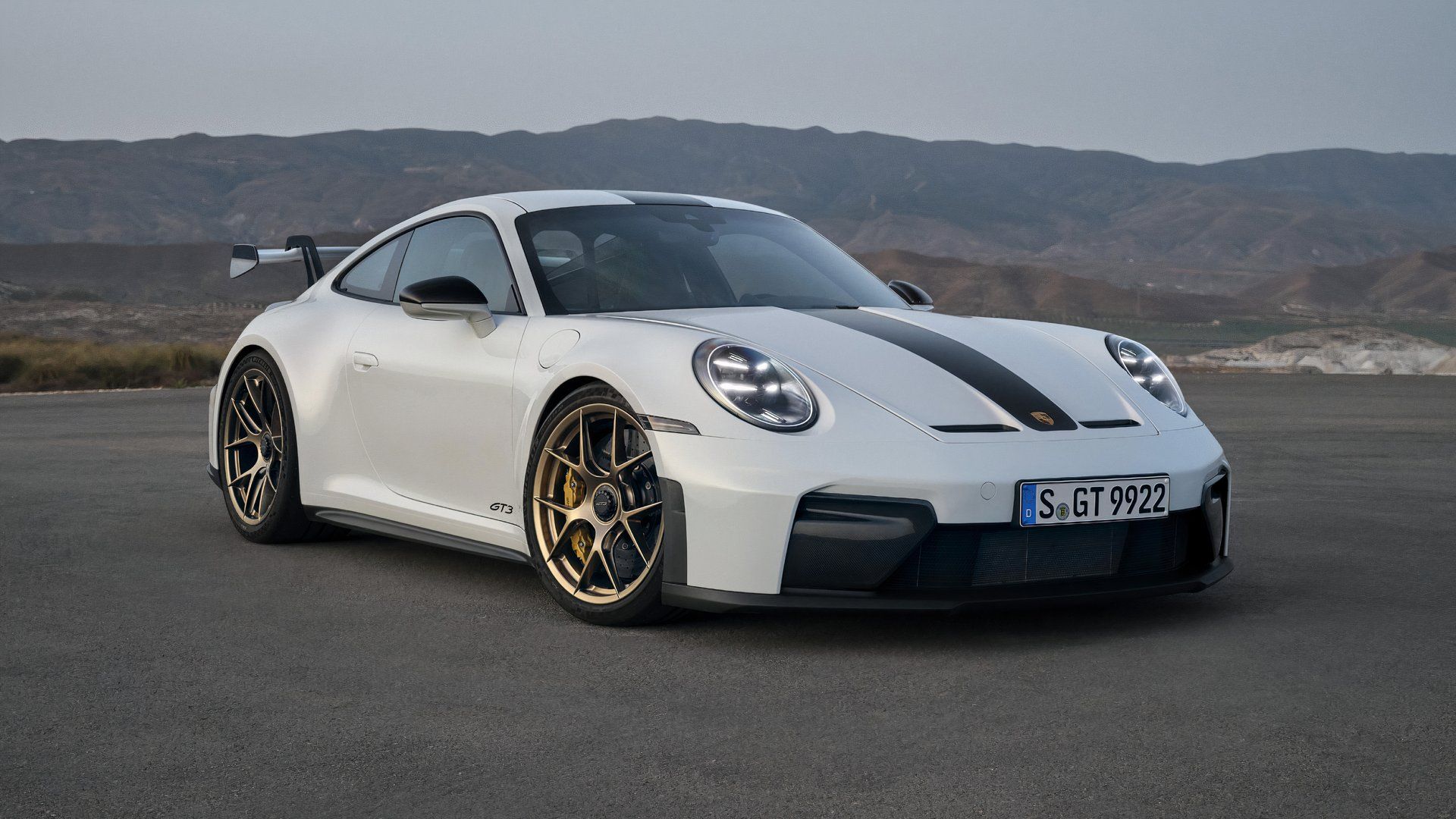








2 Comments
great
ReplyDeleteone day i buy❤️
ReplyDelete